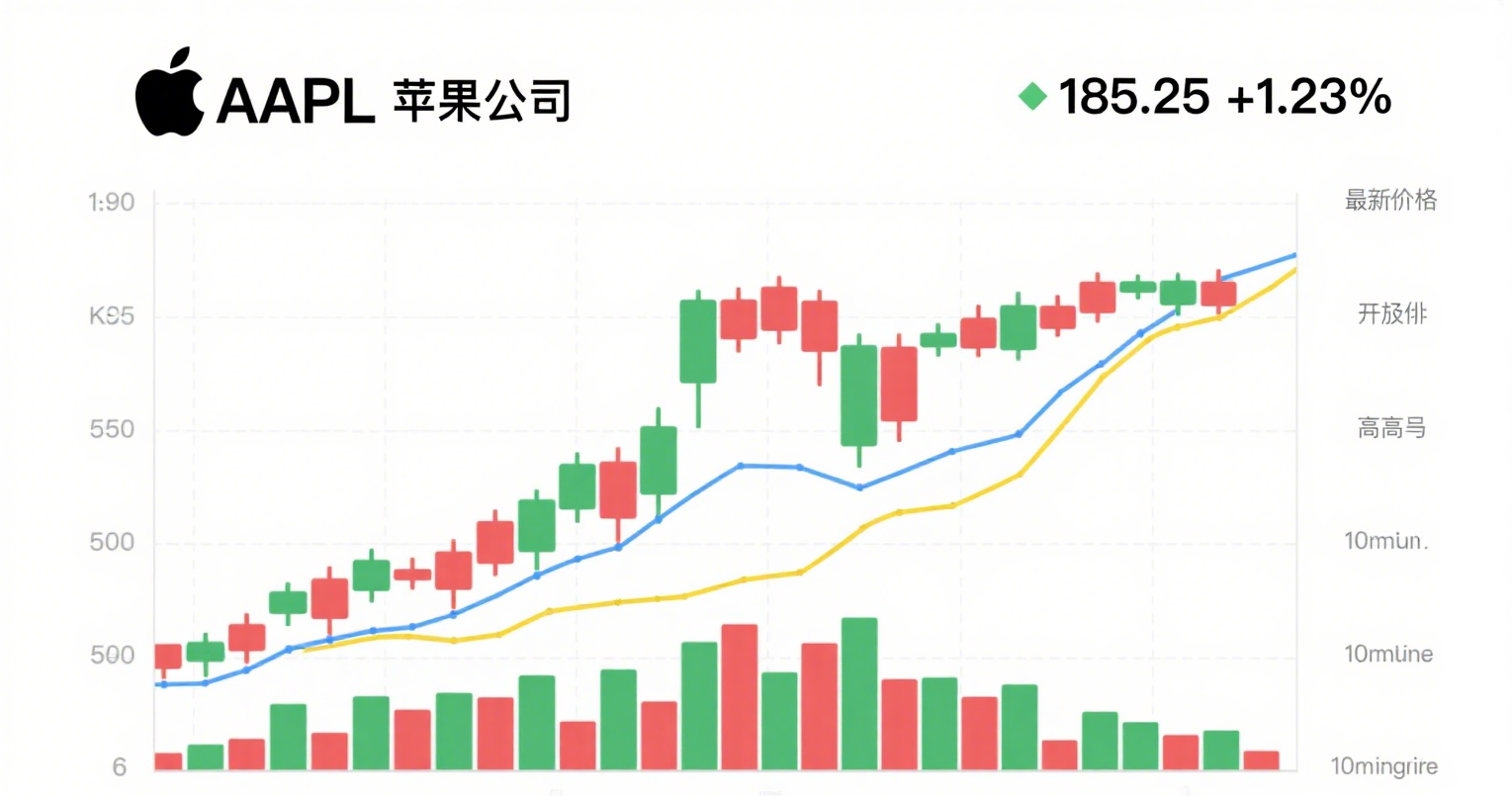
Impact on Bond Markets, Banks, and Individuals?
Jiemian News learned from interviews that the policy is generally unfavorable for bond markets, reducing bonds' appeal to investors to some extent. "Long-term, it will diminish bonds' allocation value and may shift institutional investors' preferences," said a chief fixed-income analyst at a major Shanghai brokerage.
A chief banking analyst at a Beijing-based brokerage noted that new bonds would need to compensate for tax costs by offering higher coupon rates, directly pushing up yields. Given the 6% VAT rate, institutional investors may demand a 15-20 basis point premium—consistent with market reactions when tax exemptions were scrapped in 2020.
After the VAT policy announcement on August 1, bond trading continued, with government bond yields initially rising before falling. Impacts varied by bond type: outstanding bonds benefited relatively, leading to the yield reversal.
"Short-term, it will split new and old bonds—scarcity and premiums for old bonds will rise, while new issuances require higher coupons before rebalancing," the Shanghai analyst added.
A fixed-income director at a Beijing私募基金 said the policy essentially favors outstanding bonds but hurts post-August 8 new issuances. Treasury bond续发 (reopenings) mitigate the impact, but local and financial bonds (mostly new issuances) face greater pressure.
Treasury bond reopenings involve additional issuance of existing bonds to increase single-issue scale, enhance liquidity, and strengthen benchmark status—distinct from new issuances. Local/financial bond new issuances are currently limited.
For commercial banks, profits may suffer: financial bond issuance rates will rise, and as primary government bond buyers (holding 70% of the market per ChinaBond data), their new purchases face VAT.
In 2024, banks bought ~¥15 trillion of the ¥12.4 trillion (treasury) + ¥9.8 trillion (local) government bonds issued. Rough estimates suggest banks will pay ~¥7.5 billion more annually in VAT on local bonds (assuming ¥10 trillion annual issuance at 1.8% average yield and 70% bank uptake).
















